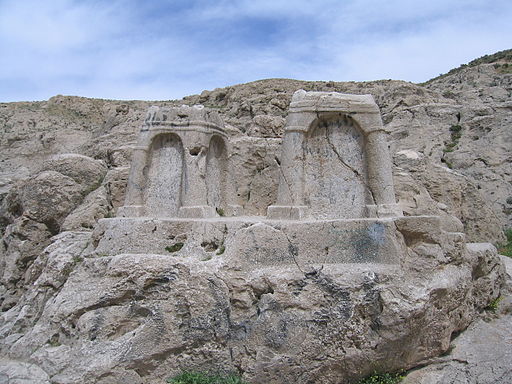Images on the altar,
Or imagined within :
We pray to them,
But do they answer?
The wise tell us how important adoration is. So we kneel before altars, give offerings, and make sacrifices. In our meditations, we are taught to see gods within ourselves and to make supplications to receive power and knowledge. This we do with great sincerity, until the masters say that there are no gods. Then we are confused.
The statue on the altar is mere wood and gold leaf, but our need to be reverent is real. The god within may be nothing but visualization, but our need for concentration is real. The attributes of heaven are utopian conjectures, but the essence of these parables is real. The gods, then, represent certain philosophies and extraordinary facets of the human mind. When we devote ourselves to gods, we establish communion with these deeper aspects.
The thought that we are worshipping symbolism may make us uncomfortable. We are educated to accept only the tangible, the scientific, and the material. We doubt the efficacy of adoring the merely symbolic, and we are confused when such reverence brings about genuine personal transformation. But worship does affect our feelings and thoughts. When the wise say that there are no gods, they mean that the key to understanding all things is within ourselves. External worship is merely a means to point within to the true source of salvation.

